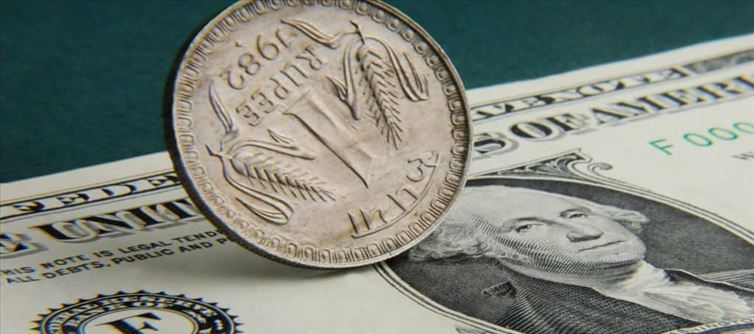
In recent days, the indian rupee has made a remarkable comeback, showing a steady rally despite a stronger US dollar and the decline of other emerging market currencies. This surge in the rupee's value is a welcome relief for many, especially for the common man.
The rupee strengthened to 86.32 per dollar, a significant recovery from the 87.95 mark just 72 hours ago. While the shift might seem sudden, it’s not without reason. The reserve bank of india (RBI) seems to have stepped in to curb excessive speculation in the forex market, leading to a shift in investor behavior. Speculators, once betting against the rupee, have been deterred by the RBI’s actions, resulting in a surge of stability.
So, how does this benefit the average person?
1. Lower Inflation
One of the most immediate impacts of a stronger rupee is the potential for reduced inflation. When the rupee gains against the dollar, the cost of importing goods like oil and electronics becomes cheaper. As india is a major importer of crude oil, a stronger rupee can help reduce fuel prices, which directly translates to lower transportation costs, cheaper food prices, and a reduction in the overall cost of living. This helps ease the financial strain on the everyday consumer.
2. Cheaper Imports
For many households, imported goods are a part of daily life. Whether it’s a smartphone, luxury items, or even basic goods like certain food products, a stronger rupee makes these imports more affordable. With a better exchange rate, consumers can purchase goods at lower prices, improving purchasing power.
3. Reduced Loan Repayments for Those with Foreign Debt
Many businesses and individuals who have loans in foreign currencies may find that their repayments become easier when the rupee strengthens. This could apply to both domestic and international borrowers. As the rupee strengthens, their repayments in dollars or other foreign currencies become less costly, making it more manageable for those struggling with foreign debt.
4. Economic Stability
When the rupee strengthens, it signals a level of economic stability and investor confidence in the indian economy. This is good news for the common man, as it may lead to increased investment and job creation. Moreover, a stable currency fosters a conducive environment for growth and development, ultimately benefiting sectors like healthcare, education, and infrastructure that directly impact daily life.
5. Better Overseas Travel and Education
For anyone planning to study abroad or take a trip overseas, a stronger rupee means their money goes further. The cost of education, travel, and other expenses abroad can be daunting for many families, but with a stronger rupee, it eases the burden.
The RBI’s Role
The sharp movement in the rupee has led to speculation that the RBI may have stepped in aggressively, using its monetary tools to stabilize the market. This intervention is important, as it helps maintain confidence in the currency and ensures that excessive market fluctuations do not harm the economy. By curbing speculation and supporting the rupee, the RBI plays a vital role in shielding the common man from the negative effects of currency volatility.
In a world where currency fluctuations can have widespread effects on everyday life, the recent strength of the indian rupee brings some much-needed relief to the common man. Lower inflation, cheaper imports, easier loan repayments, and better overseas expenses all contribute to improving the financial outlook for many. As the RBI continues to monitor and stabilize the situation, it is clear that a stronger rupee is beneficial not only for the markets but also for the ordinary citizen.




 click and follow Indiaherald WhatsApp channel
click and follow Indiaherald WhatsApp channel